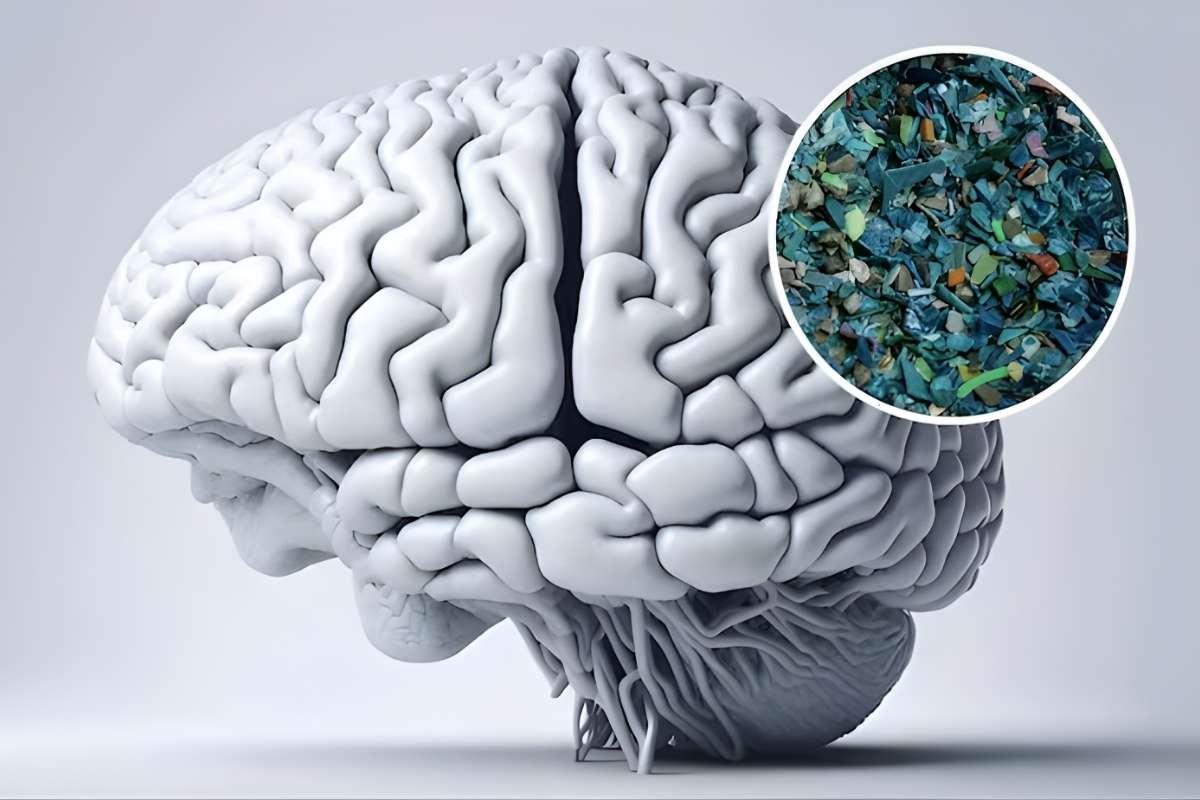Source – YourTango
Borderline Personality Disorder (BPD) is a complex mental health condition characterized by emotional instability, intense interpersonal relationships, and a persistent pattern of varying moods, self-image, and behavior. Among the many symptoms and behaviors associated with BPD, one of the most challenging and significant is “BPD Splitting.” This term refers to a cognitive distortion that leads individuals to view people, situations, and even themselves in extreme, often polarized terms. Understanding BPD Splitting is crucial for both those who have BPD and their loved ones, as it provides insights into the internal struggles and helps in managing relationships effectively.
What is BPD Splitting?
BPD Splitting, also known as black-and-white thinking or all-or-nothing thinking, is a defense mechanism where individuals perceive everything in absolute terms. There is no middle ground or shades of gray—people and situations are either all good or all bad. This dichotomous thinking can lead to rapid shifts in how individuals with BPD view others and themselves, often resulting in intense emotional reactions and instability in relationships.
Psychological Mechanism Behind BPD Splitting
The root of BPD Splitting lies in the difficulty individuals with BPD have in integrating both positive and negative aspects of themselves and others. This inability to reconcile conflicting feelings can be traced back to early childhood experiences and attachment issues. For example, if a caregiver was inconsistent—sometimes loving and sometimes neglectful—a child might develop a fragmented view of them, oscillating between idealization and devaluation.
Impact on Relationships

One of the most profound impacts of BPD Splitting is on interpersonal relationships. When a person with BPD engages in splitting, they may idolize someone one moment, only to demonize them the next. This fluctuation can cause significant stress and confusion for partners, friends, and family members, who may feel like they are constantly walking on eggshells.
Recognizing BPD Splitting
Identifying BPD Splitting can be challenging because it often occurs subconsciously. However, certain patterns and behaviors can indicate its presence:
- Extreme Reactions: Individuals with BPD may exhibit disproportionate emotional reactions to events or interactions, viewing them as completely positive or negative.
- Rapid Relationship Changes: Sudden shifts from idealization to devaluation in relationships are common. A person may go from seeing someone as perfect to seeing them as entirely flawed.
- Black-and-White Statements: People with BPD often use absolute language, such as “always” or “never,” to describe their experiences and relationships.
- Internal Conflict: BPD Splitting also affects self-perception, leading to fluctuating self-esteem and identity confusion.
Managing BPD Splitting
While BPD Splitting can be challenging, there are strategies and therapies that can help individuals manage this symptom:
1. Dialectical Behavior Therapy (DBT)
DBT is specifically designed to treat BPD and includes techniques to address splitting. It teaches mindfulness, emotional regulation, distress tolerance, and interpersonal effectiveness. Through Dialectical Behavior Therapy, individuals learn to recognize and moderate their polarized thinking.

2. Cognitive Behavioral Therapy (CBT)
CBT helps individuals identify and challenge distorted thought patterns, including black-and-white thinking. By recognizing these patterns, individuals can develop more balanced and realistic perspectives.
3. Building Awareness
Self-awareness is crucial in managing BPD Splitting. Keeping a journal to track thoughts and feelings can help individuals identify when they are engaging in splitting and understand the triggers behind it.
4. Healthy Relationships
Building stable and supportive relationships can provide a counterbalance to the instability caused by BPD Splitting. Clear communication and setting boundaries are essential in these relationships.
5. Support for Loved Ones
Supporting someone with BPD Splitting can be challenging. Here are some tips for loved ones:
- Educate Yourself: Understanding BPD and its symptoms can help you better support your loved one.
- Practice Patience: Recognize that splitting is a defense mechanism and not a personal attack.
- Set Boundaries: Clear, consistent boundaries are essential to maintain a healthy relationship.
- Encourage Professional Help: Encourage your loved one to seek therapy and support them in their treatment journey.
6. The Role of Self-Care

For individuals with BPD, self-care plays a vital role in managing symptoms, including BPD Splitting. Engaging in activities that promote emotional stability and self-soothing can help reduce the intensity of splitting episodes. These activities might include:
- Mindfulness and Meditation: Practicing mindfulness helps individuals stay grounded in the present moment and reduces the tendency to engage in polarized thinking.
- Physical Activity: Regular exercise can improve mood and overall well-being, making it easier to cope with stress and emotional fluctuations.
- Creative Outlets: Engaging in creative activities like art, music, or writing can provide a healthy way to express and process emotions.
Conclusion
BPD Splitting is a hallmark symptom of Borderline Personality Disorder that significantly affects individuals’ emotional experiences and relationships. By understanding, recognizing its signs, and implementing strategies to manage it, individuals with BPD and their loved ones can work towards more stable and fulfilling lives. Therapies such as DBT and CBT, along with a strong support network and commitment to self-care, are key components in addressing this challenging aspect of BPD.
Ultimately, while BPD Splitting can create considerable challenges, it is possible to develop healthier ways of thinking and relating to others. With the right tools and support, individuals with BPD can learn to navigate their emotional landscapes more effectively, leading to improved relationships and a better quality of life.

Anxiety: 8 Tips For Managing Stress and Anxiety
Stress creates havoc on our mental and emotional well-being. Professional life and personal life issues will keep existing, but the way we handle it makes all the difference. To handle things better, we need to be stress-free.
FAQs
1. What is BPD Splitting?
BPD Splitting is a cognitive distortion common in Borderline Personality Disorder where individuals perceive people and situations in extreme, black-and-white terms, viewing them as either all good or all bad with no middle ground.
2. How does BPD Splitting affect relationships?
BPD Splitting can cause significant instability in relationships. Individuals may rapidly shift from idealizing someone to devaluing them, leading to intense emotional reactions and conflicts that can strain or damage relationships.
3. Can BPD Splitting be treated?
Yes, BPD Splitting can be managed with therapeutic approaches such as Dialectical Behavior Therapy (DBT) and Cognitive Behavioral Therapy (CBT). These therapies help individuals recognize and modify their polarized thinking patterns.
4. What triggers BPD Splitting?
It can be triggered by stress, perceived rejection, or conflict in relationships. Emotional dysregulation and a history of unstable attachments can also contribute to the tendency to engage in splitting.
5. How can loved ones support someone experiencing BPD Splitting?
Loved ones can support someone by educating themselves about the disorder, practicing patience, setting clear boundaries, encouraging professional help, and maintaining open, non-judgmental communication.







